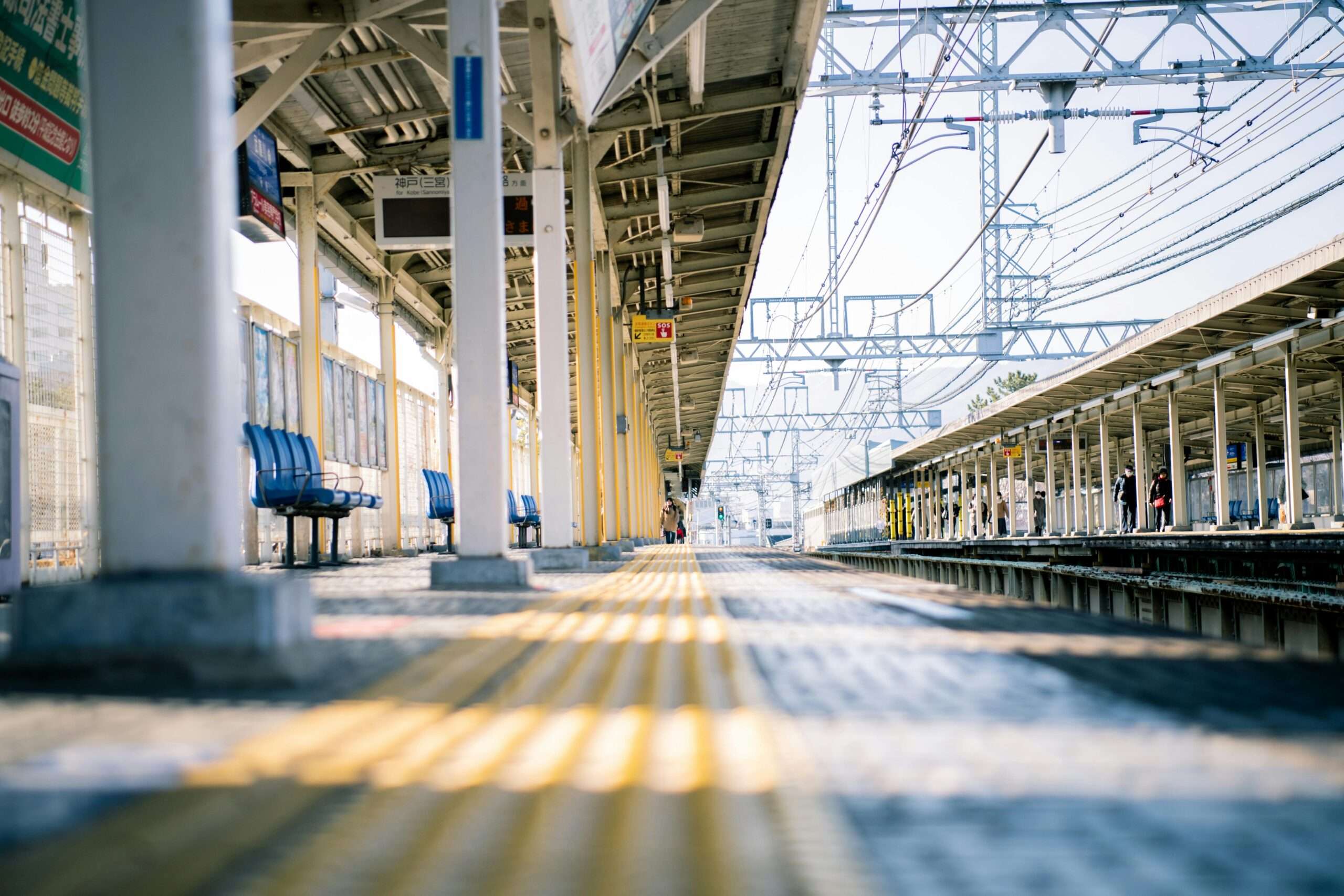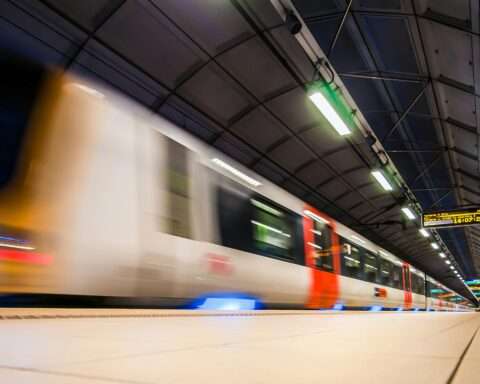The city of Detroit, in collaboration with the Michigan Department of Transportation (MDOT) and Michigan Central, will spend $40 million to potentially establish a multimodal transportation hub that would connect the city to neighboring cities and nations.
Further information on the project’s design and construction phases will be revealed as planning efforts develop. The future of the project is contingent on the partnership reaching a funding agreement with Canada for final design and construction. Officials estimate that the hub will open by 2029.
The new hub would feature a passenger rail and intercity bus transit station located within the 30-acre Michigan Central Innovation District. The completed project would enhance accessibility and connectivity, linking with the Detroit-Ann Arbor Innovation Corridor and Detroit Metro Airport. In addition, a proposed extension would make the hub part of an interconnected transit system with international destinations, including Windsor and Toronto.
While Michigan Central has served as an innovative technological and cultural hub within Detroit for years, rail transit has not been a component of the historic Michigan Central Station since Amtrak shut down service in the late 80’s. The project would restore rail service to the station, reconnecting the city’s residents with higher education, businesses, neighborhoods and amenities within the Great Lakes region.
The project offers a unique opportunity to reactivate established rail infrastructure to expedite development and cut costs. The partnership plans to use existing tracks and tunnels laid decades ago to bridge a nine-mile space between the city and Windsor. To further centralize transit, the project would relocate bus lines from Howard Street Station to the future hub.
The multimodal transportation hub will be built to the west of Michigan Central Station, providing new train platforms to replace the originals that were removed. The project will emphasize modernization efforts to optimize travel and the rider experience. Plans include leveraging cutting-edge technologies and mobility solutions to provide better services and offer modern amenities.
Photo by Satoshi Hirayama from Pexels













